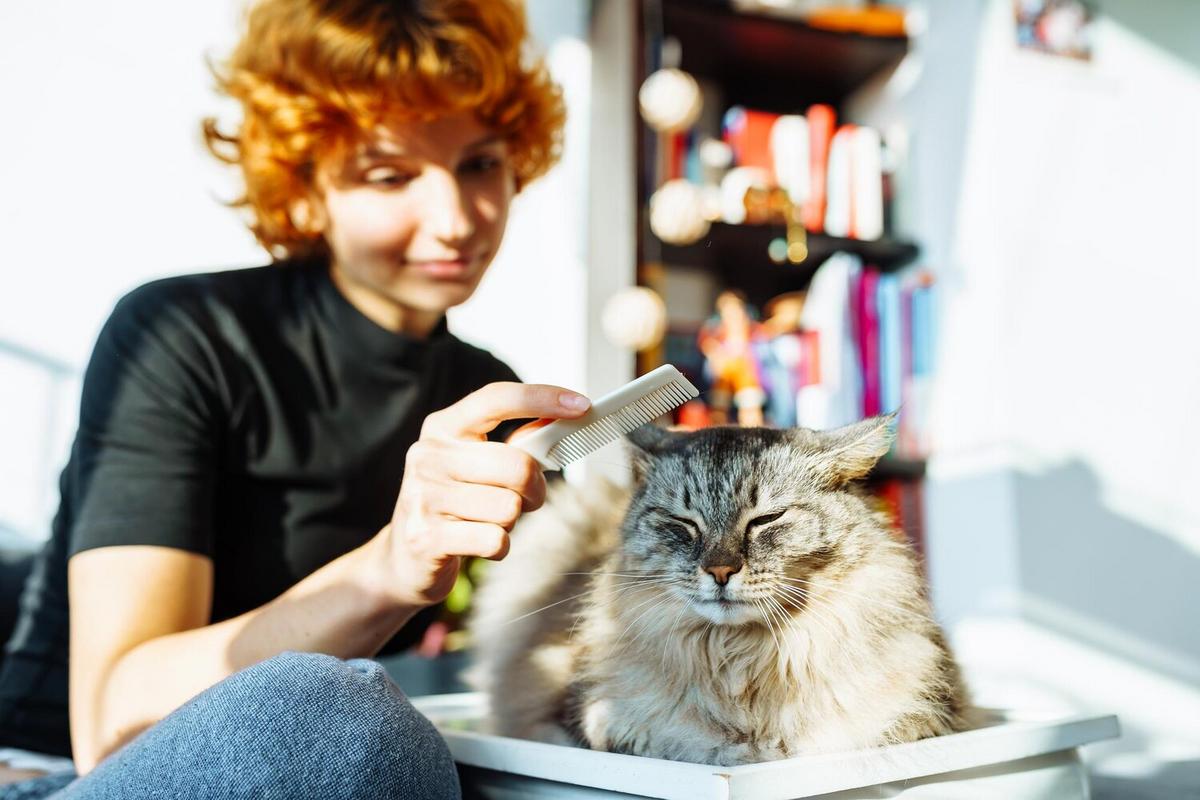
Grooming Tips for Long-Haired Cats
Caring for a long-haired cat can be both a delightful and challenging experience. Their luxurious coats require regular grooming to keep them looking their best and to prevent common issues such as matting and hairballs. This guide will walk you through effective grooming tips to ensure your feline friend stays healthy and comfortable.
Understanding the Needs of Long-Haired Cats
Long-haired cats, such as Persians and Maine Coons, have specific grooming needs due to their dense and lengthy fur. Regular grooming not only maintains their coat’s appearance but also their overall health. According to veterinarians, neglecting grooming can lead to skin problems and discomfort for your pet.
Expert Opinions
Many cat experts stress the importance of establishing a grooming routine. Regular brushing, as noted by feline veterinarians, can significantly reduce shedding and the formation of hairballs. It’s recommended to brush your cat at least three times a week.
Research Findings
Studies have shown that regular grooming can reduce hairball formation by up to 50%. This not only keeps your cat more comfortable but also minimizes the chances of gastrointestinal blockages that can occur from excessive hair ingestion.
Personal Experience
A friend of mine shared her experience with her long-haired cat, Whiskers. Initially, she struggled with matting issues, but after adopting a consistent grooming schedule, Whiskers’ coat became healthier, and their bond strengthened during grooming sessions.
Actionable Grooming Tips
- Invest in the Right Tools: Use a slicker brush and a wide-toothed comb to gently remove tangles.
- Establish a Routine: Set a specific time for grooming each week to make it a habit.
- Check for Mats: Regularly inspect your cat’s coat for mats, especially in areas like the underarms and behind the ears.
- Bathe as Needed: While not all cats need frequent baths, long-haired breeds may benefit from occasional cleaning to maintain a clean coat.
- Trim Nails Regularly: Keep your cat’s claws trimmed to prevent them from getting caught in their fur.
Grooming Frequency Table
| Grooming Task | Frequency |
|---|---|
| Brushing | 3-4 times a week |
| Bathing | Once a month |
| Checking for Mats | Weekly |
| Nail Trimming | Every 2-3 weeks |
| Ear Cleaning | Monthly |
| Dental Care | Weekly |
| Flea Check | Bi-weekly |
| Professional Grooming | Every 3 months |
Conclusion
Grooming your long-haired cat doesn’t have to be a daunting task. With regular care and the right tools, you can keep your feline friend looking and feeling their best. Remember, grooming is not only about appearance—it’s an essential part of your cat’s health care routine. Start implementing these tips today and enjoy a happy, healthy relationship with your furry companion.
Frequently Asked Questions
How often should I groom my long-haired cat?
It’s recommended to brush them at least three times a week to prevent tangles and matting.
What type of brush should I use?
A slicker brush is ideal for removing loose fur and preventing mats in long-haired cats.
Is bathing necessary for long-haired cats?
While not always necessary, occasional bathing can help maintain cleanliness and reduce shedding.
Can I groom my cat myself, or should I visit a professional?
Many cat owners successfully groom their pets at home, but professional grooming every few months can provide a deeper clean and help manage difficult mats.


